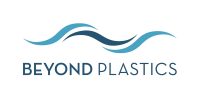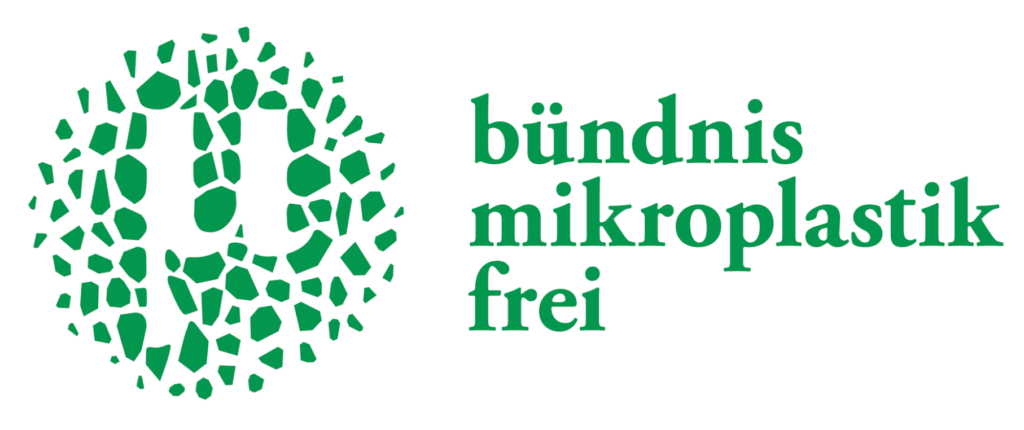Problem due to sunscreens
This text is by no means an invitation to permanently refrain from active sun protection, but deals with some of the ingredients of sunscreens. Sunscreens fulfil an important function by protecting the skin barrier from UV light and thus preventing skin cancer.
Basically, a distinction is made between two active principles in sun creams:
1. sun creams with mineral or physical UV filters
contain substances such as titanium dioxide (TiO2) and zinc oxide (ZnO). These stick to the skin when applied and prevent UV radiation from reaching the skin through diffuse reflection. Meanwhile, these are often added as nanoparticles (nano titanium dioxide and nano zinc oxide) to avoid a whitening effect. The Biocides Ordinance defines nanomaterials as "particles (...) in which at least 50 percent of the particles in the number size distribution have one or more dimensions in the range from 1 nm to 100 nm."
Zinc oxide
A Publication from 2018 could not find any skin permeability for hydrophobic silicone-coated and uncoated zinc oxide nanoparticles in a size of 65 and 77 nm.
A Study concluded in 2010, however, that the uptake of nanoparticles through the skin is influenced by the particle size and that this also depends on the health status of the skin. Zinc oxide is listed in the ECHA database as a very toxicological for aquatic life forms listed.
Titanium dioxide
The Scientific Committee on Consumer Safety (SCCS) notes that the use of pigmented Titanium dioxide in topicals, due to the current data situation and the possible classification of titanium dioxide as a category 2 carcinogen according to the CLP Regulation (Inhalation), is not safe for general consumers if inhaled. In the database of ECHA will titanium dioxide listed as a possible carcinogenic substance.
There has been a labelling obligation for nanoparticles in cosmetics in the EU since 11 July 2013.
Update titanium dioxide 7 May 2021 Titanium dioxide is also used as a whitening agent in foods (sweets, toothpaste, mozzarella, etc.) and medicines. According to a Publication of the Federal Institute for Risk Assessment (BfR) of 6 May 2021 its use as a food additive is not considered safe, as there is an urgent suspicion that titanium dioxide is mutagenic. In France, titanium dioxide has been banned in food since 1 January 2020.
2. sun creams with chemical UV filters
penetrate the skin. They contain absorbing substances that convert the energy of UV radiation into infrared light and emit it again. Some of these chemical UV filters are strongly suspected of being endocrine disruptors. The following substances and groups of substances are currently the focus of attention European Commission:
- Octinoxate
- (Octyl methoxycinnamate (OMC) or 2-ethylhexyl-4-methoxycinnamate (EHMC))
- Oxybenzone (Benzophenone-3)
- Octocrylene
- Parabens (Methyl paraben, Ethyl paraben, Butyl paraben, Benzyl paraben)
- Camphor derivatives (4-methyl-benzylidene)
These UV filters pass from the body into the environment through direct contact with water bodies or indirectly through via sewage treatment plants into the sea. They accumulate in waterbodies, are not biodegradable and are increasingly being enriched in the food chain. They are demonstrably toxic for aquatic organisms such as corals.
As they are blamed for coral bleaching worldwide, sunscreens containing the above UV filters have been banned on Palau since 2020 and according to the Hawaii Reef Act (SB 2571) since 01 January 2021 prohibited on Bonaire, in Key West Florida, the American Virgin Islands, Hawaii, Thailand and the Yucatan Peninsula / Mexico.
The EU Commission has altogether a separate List of 28 substances for which there is a suspicion of an endocrine effect in humans. In Europe, the assessment of the environmental hazards of UV filters in cosmetics and other products is currently being carried out under the European REACH Regulation (EC No 1907/2006).
The Haereticus Environmental Laboratory (USA) has developed the Protect Land + Sea Certification which certifies safe sun creams. Among other things, the sun creams must not contain any microplastics, nanoparticles or Triclosan contain.
According to current knowledge, many sun creams and sprays on the market continue to contain oxybenzone, octocrylene, octinoxate and Parabens.
As a further link, the article by Prof. Peter and Prof. Joachim Barth from Altmeyer's Encyclopaedia: Fourteen thousand tons or who loves the sea?
Download our info sheet on sunscreens for your patients by Dr. med. Christina Hecker. You can find the info sheets here.
© Dr. med. Dipl. Biol. Susanne Saha 03/2021







